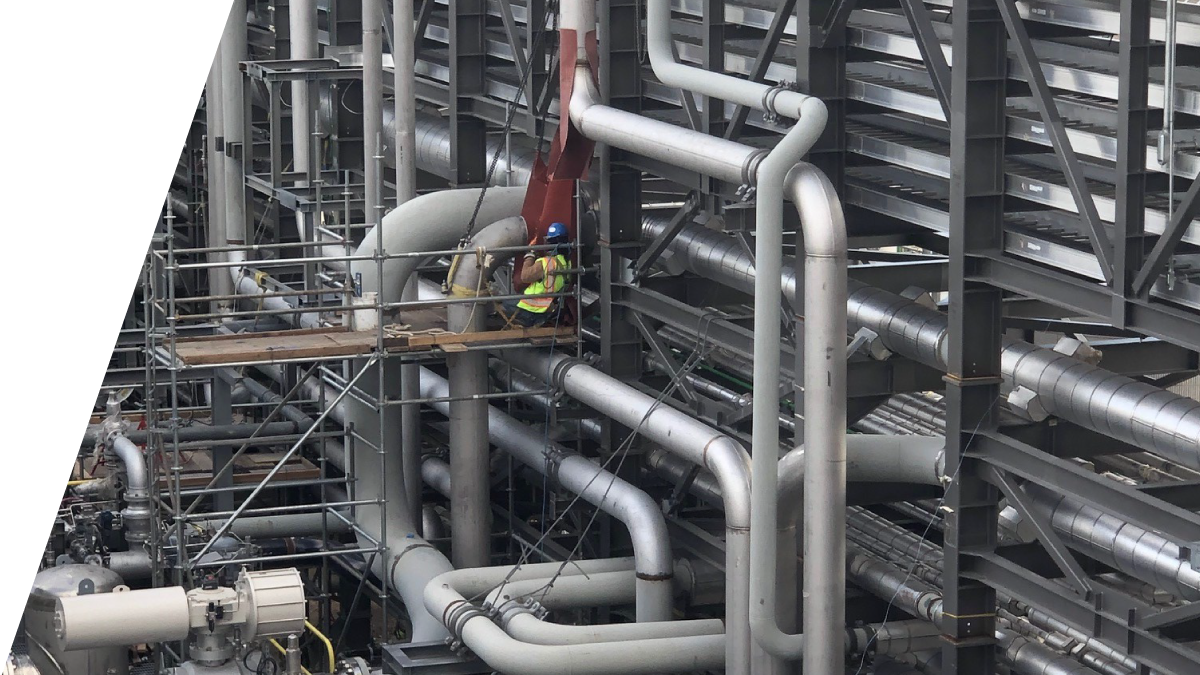The environment
TRANSPORT AND ACCESS
The site was chosen due to its proximity to the M53 motorway. During operation, HGVs making deliveries will be encouraged to access the site via the A5117 to avoid going past local villages. The majority of the SAF produced at the facility will be taken off site via pipeline, instead of by road.
A Transport Assessment is being undertaken which looks at the potential traffic from the development. During operation, it is anticipated that there will be around 14 Heavy Goods Vehicle and 40 Light Goods Vehicle (cars and small vans) two-way movements during the AM and PM peak hours (a total of 54 two-way movements). To consider the impacts of operational traffic, detailed modelling assessments have been conducted within the Transport Assessments.
AIR QUALITY
A detailed air quality assessment is being undertaken which will look at current air quality conditions and the potential effect of process emissions from the facility. Emissions from the facility will be tightly controlled and will have to comply with strict regulations under an Environmental Permit. There will be a continuous emissions monitoring system in place that is capable of shutting the facility down in a controlled manner, in the unlikely event that emissions limits are breached.
CO2 is produced as a by-product of the syngas production process. The facility is carbon capture ready and it is intended to link with into the pioneering HyNet North West project. This could see carbon emitted during the manufacture of SAF being captured and stored, reducing the overall net carbon emissions of our fuel by up to 100% and creating a carbon neutral fuel on a lifecycle basis.
NOISE
A noise assessment is being undertaken as part of the planning application. This will look at potential noise from the site during construction and operation, as well as noise due to traffic. This will outline any mitigation measures that need to be incorporated into our design to ensure that our neighbours are not adversely affected by noise.
ODOUR
Because the feedstock has already been heavily processed before arriving on site, it will not have the same smell typically associated with household bins. The potential for odour will be assessed as part of the planning application. This will help to identify mitigation measures that could be incorporated into the development if required, to ensure that any other potential odours are managed. These might include specialist storage of materials for example in negative pressure buildings where air is sucked in to prevent odours escaping.
ECOLOGY
The site was designated as a Local Wildlife Site a number of years ago for its open mosaic habitat. However, the site has now become overgrown and very little of this type of habitat remains. Various ecological surveys have and continue to be undertaken to see whether the site is home to any protected species, such as birds, bats, reptiles and amphibians, and we are also carrying out a tree survey. We are aiming to deliver a net-gain to biodiversity through the development, which means biodiversity in the local area is improved either onsite or at an offsite location.
CONSTRUCTION
We will ensure that all impacts during construction are kept to a minimum and a Construction Management Plan will be agreed with Cheshire West & Chester Council before any work starts.


